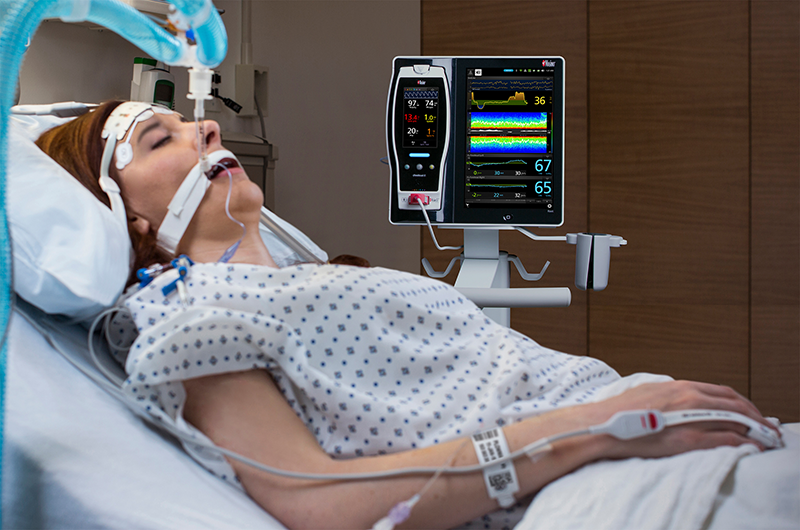The results of a series of four clinical studies, published in the Canadian Journal of Anesthesiology, showed Masimo SedLine® brain function monitoring, in combination with O3® regional oximetry helped researchers understand and manage cerebral desaturations during cardiac surgery.
Related Masimo Receives CE Marking for Next Gen SedLine Brain Function Monitoring for Pediatric Patients
“Combining both NIRS and pEEG allows for a much more nuanced understanding of the etiology of cerebral desaturation. Future studies are needed to investigate if the combination of both modalities is more prognostic than each alone. Every cerebral oxygen desaturation is not equal,” wrote the researchers.
Dr. Etienne Couture, Dr. Alain Deschamps, and Dr. André Denault, all from the University of Montreal, hypothesized that the addition of processed electroencephalography (pEEG) using Masimo SedLine’s processed EEG parameter, the Patient State Index (PSi), to a previously developed clinical management algorithm based on Masimo O3 near-infrared spectroscopy (NIRS), could help guide the management of cerebral desaturation episodes, said a press release.
The researchers described the impact of combining the modalities on the clinical management of four patients undergoing cardiac surgery. They outlined a series of scenarios that enumerate possible causes of desaturation based on various combinations of changes in NIRS and pEEG, as well as changes in related monitoring data available via SedLine, such as the density spectral array (DSA) and spectral edge frequency (SEF). Possible causes include a change in cerebral blood flow, cerebral hypoperfusion, cardiogenic shock, hypoxemia, a change in the anesthetic state, hyperthermia, and seizure. In the four cases, more insight into the likely cause of a desaturation episode helped guide how clinicians responded during surgery.
Related MIT Researchers Develop MRI Implant that Can Monitor Electronic Signals Inside the Brain
“The additional brain monitoring parameters available through Masimo SedLine, such as the DSA and SEF, play an important role in our protocol, helping to provide additional insight. And, perhaps most significantly, both SedLine and O3 can be used simultaneously on the same Masimo Root® monitoring hub, making it easier to view and interpret the combined data and thus streamlining our use of the desaturation protocol and workflow during surgery,” said Dr. Denault.













